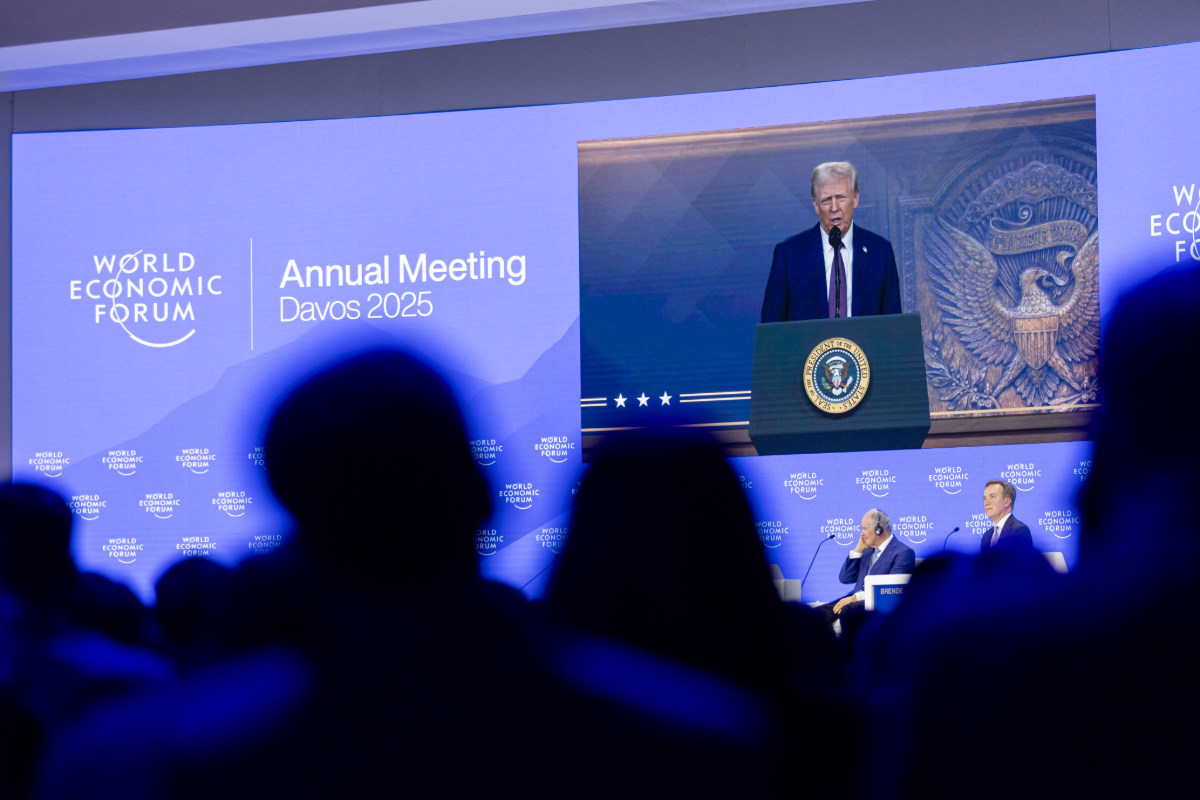
There’s a lot to admire about China, but not much to copy from it – yet
China is set to become the world economic power of the 21st century. A booming corporate sector in the most populated country in the world, with the horsepower provided by a dominant public sector, it has moved the center of gravity of the world economy from West to East.
One direct implication of economic dominance in history is political and social dominance. Spain gave Parliamentarism to the world; France gave it civil law and democracy; Britain extended the Industrial Revolution, banks and capitalism beyond its borders; and the US’s legacy for the world is its dominance of markets, intellectual property rights, bankruptcy and competition rules.
China should, in theory, be expected to do the same in the future. And yet, despite its visible economic dominance, the ability of Chinese enterprises to conquer the world, and the increasing interest of foreign companies in entering the Chinese markets, the Chinese model is not being followed by any other country, and no relevant Chinese institution is currently being adopted outside China itself. Why is this?
Part of the explanation behind the lack of institutional dominance of China is the so-called “Great Divergence” that put China behind the West for centuries and until the 1960s.
Turning to now, and looking forward, it is doubtful that Chinese institutional arrangements, such as the communion between the corporate sector and the state, the lack of individual liberties in favor of social progress, and the role of technology as a tool for the government to behave as big brother are about to infiltrate the West.
One reason why the Chinese model is not exported is that it is not as successful as one may think, at least not yet. The IMD World Competitiveness Ranking puts China in the number 20 spot out of 63 economies in 2020; behind other economies such as Canada, Qatar and Austria. Even economies that share some of China’s cultural and social features, like Taiwan and Hong Kong, are way ahead in competitiveness and prosperity.
The Chinese economy has been a miracle in terms of economic and productivity growth in the last decades but – size apart – it remains a normal economy when it comes to prosperity and competitiveness.
Here are three major hurdles China would need to overcome in order to become a role model:
- The biggest lesson we have learned from the success of the failure of nations, as explained in Daron Acemoglou and James A. Robinson’s ‘Why Nations Fail: The Origins of Power, Prosperity, and Poverty’, is the need for inclusive institutions; ones that favor the participation of citizens in decision making.
Inclusive institutions do not require democracy, as economies such as Singapore and Hong Kong have shown. In fact, several non-democratic countries and economies (the UAE, Singapore and Hong Kong among them) generate more prosperity than some full democracies. Over time, the ability to generate social consensus proves critical when political and economic reforms are necessary.
- China needs to ensure that its economic success is spread evenly across provinces, generations and social classes. The country has made extraordinary progress in poverty alleviation, with 2016-2020 plan allocating about 12 billion USD per year to increase financial support. Between 2005 and 2016, the percentage of the population living with less than $1.90 a day has dropped from 18% to 0.5%. Today, only 5.4% of the Chinese population live with less than $3.20 a day according to the Poverty and Equity database of the World Bank Development Indicators.
However, the cost of raising the living standards of the poor has been a significant increase in income inequalities. China is an unequal society between generations, between East and West, between the rich and the poor, between private-sector and public-sector employees, between urban and rural populations and between men and women. It is also more unequal than other less developed economies.
- If China wants to sustain capital markets for the long term it will need to eliminate corruption, improve corporate governance and accounting rules, intellectual property rights and lack of state intervention on private sector matters (as the recent Alibaba IPO episode has shown). This will require political reforms which currently seem unthinkable.
At the same time, state protectionism and the subsequent lack of competition (that has created financial giants such as ICBC and Ping An, or digital platforms such as Alibaba and Tencent) is at odds with business practices established in the West throughout the last five centuries.
Europe is leading the sustainability race, having reached the social and political consensus that such policies require. China is by far the most polluting country in the world, which has terrible consequences for its people: while in the US the mortality rate attributed to household and ambient air pollution per 100,000 population was 13.3 in 2016, it was 113 in China. By comparison, it was 10 in Switzerland and 61 in Thailand (World Bank Development Indicators).
This situation of China’s is due to an industrial policy designed with a final objective based on growth and productivity and poor social awareness of the importance of preserving a green society.
Five years ago I predicted that “the next crisis will have a Chinese name.” I didn’t have a pandemic in mind, but the systemic risk posed by the weaknesses in China’s prosperity and its deficient health system became a stark reality in 2020. The US spends 17% of its annual GDP on health provision, while China only invests 5.4% (data for 2018), according to World Bank development indicators.
Many assets make China a successful economy, but for its institutions to dominate the way of life in the West, it requires profound changes led from the bottom up – and that seem unthinkable in the next decades.
Let us admire China and its economic success, but not seek to copy it.
Research Information & Knowledge Hub for additional information on IMD publications
The case examines the entrepreneur-led carve out and buyout of dss+, DuPont’s safety and sustainability consulting division, by Gyrus Capital and dss+ management team. dss+ (formerly “DuPont Sustainable Solutions”) played a pivotal role in high-ri...
This study investigates whether male and female entrepreneurs exhibit systematic differences in the customer learning actions they pursue, and how those actions convert to venture performance. Drawing from a dyadic sample of founders and startup a...
Consumer-voters and the processing industry are the sure losers of the trade war against China that Trump will carry on with renewed energy.
Brookfield’s Catalytic Transition Fund is a case study in how the financial industry can spearhead sustainable development. Brookfield Asset Management announced an initial closing of $2.4 billion for the Catalytic Transition Fund, marking a signi...
The China Resources Beer (CR Beer) case study is a compelling narrative of the world’s largest beer producer by volume under the leadership of CEO Hou Xiaohai. In 2016 CR Beer embarked on a pivotal transformation journey. This case study offers cr...
BARCELONA, JANUARY 2023. What started in 2016 as a humble entrepreneurial attempt to contribute to a more sustainable future had turned into a solid eyewear brand present in major Western markets. François van den Abeele was even more excited by t...
Case reference: IMD-7-2639 ©2025
Research Information & Knowledge Hub for additional information on IMD publications
in Entrepreneurship Theory and Practice 14 February 2025, ePub before print, https://doi.org/10.1177/10422587241311119
Research Information & Knowledge Hub for additional information on IMD publications
Research Information & Knowledge Hub for additional information on IMD publications
Research Information & Knowledge Hub for additional information on IMD publications
Research Information & Knowledge Hub for additional information on IMD publications
in I by IMD 24 January 2025
Research Information & Knowledge Hub for additional information on IMD publications
Research Information & Knowledge Hub for additional information on IMD publications
Research Information & Knowledge Hub for additional information on IMD publications
Research Information & Knowledge Hub for additional information on IMD publications
Research Information & Knowledge Hub for additional information on IMD publications



